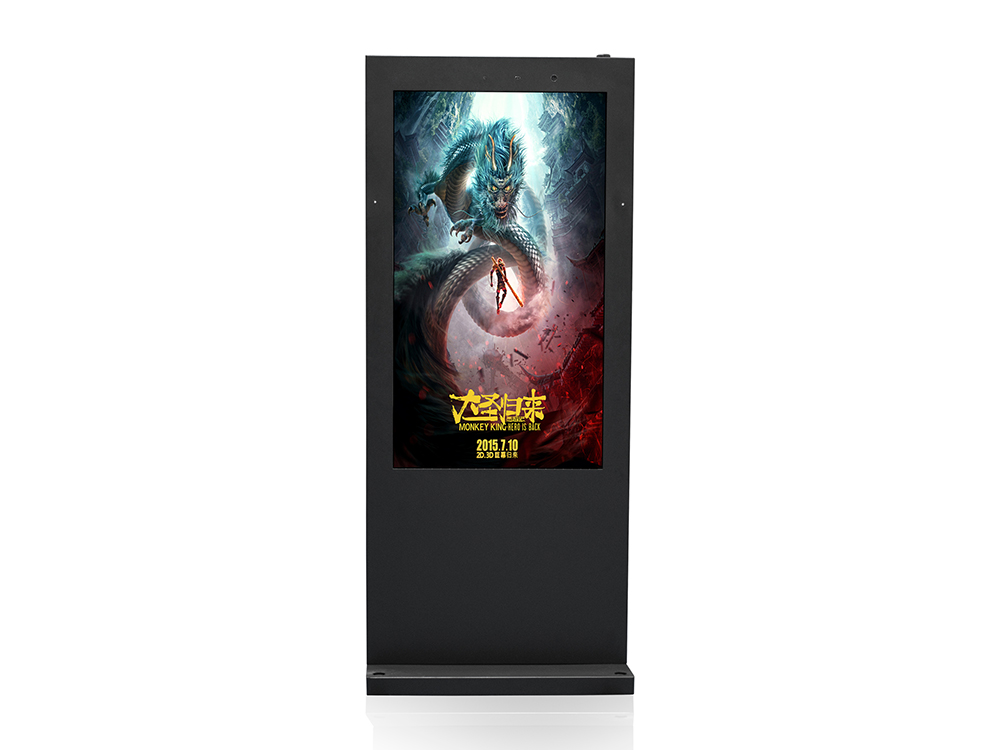
Digital Signage for Theaters: Setting the Stage for Drama.In the realm of live performance, theaters have long served as the grand temples where stories are brought to life through the art of acting, music, and dance. As the curtains rise and fall, audiences are transported to different worlds, immersed in narratives that resonate with their emotions and intellect. Yet, in the modern era, the theater experience extends beyond the stage itself; it encompasses the entire environment in which performances unfold. Enter digital signage—a technological marvel that is quietly revolutionizing the way theaters interact with their audiences, enhancing the ambiance, and setting the stage for drama in ways that were once the realm of imagination.

Digital signage refers to the use of electronic displays, such as LCD, LED, or projection screens, to showcase dynamic content. In theaters, these displays serve as versatile canvases that can be tailored to suit the needs of various productions, events, and promotional activities. Unlike static posters or printed materials, digital signage offers the flexibility to change content instantaneously, making it an invaluable tool for theater managers, directors, and marketers.
One of the most immediate benefits of digital signage in theaters is its ability to create a captivating pre-show experience. Imagine stepping into the lobby of a theater, where a large, high-definition screen greets you with a montage of scenes from upcoming performances, accompanied by evocative music and captivating visuals. This immersive welcome not only piques the audience's curiosity but also sets the tone for the evening, building excitement and anticipation. By showcasing snippets of different genres—from Shakespearean tragedies to contemporary comedies, from ballets to musical concerts—digital signage can cater to a diverse audience, ensuring that everyone feels a sense of inclusion and excitement.
Moreover, digital signage facilitates seamless navigation within the theater. In large venues, finding one's way to the correct seat or locating essential facilities like restrooms, concession stands, or merchandise booths can be a daunting task. Digital wayfinding signs, strategically placed throughout the theater, provide clear and intuitive directions, enhancing the overall visitor experience. These signs can also be updated in real-time to reflect any changes, such as alternative seating arrangements or temporary closures, ensuring that audiences remain informed and unperturbed.
Beyond navigation, digital signage plays a crucial role in promoting upcoming events and fostering audience engagement. In the fast-paced world of entertainment, where attention spans are fleeting, capturing the audience's interest is paramount. Dynamic displays can showcase vibrant trailers, actor interviews, behind-the-scenes footage, and even interactive content that invites audiences to participate. For instance, a touch-screen kiosk might allow visitors to explore the history of the theater, learn about the production team, or even vote for their favorite performance moments. By making the experience interactive, digital signage transforms passive observers into active participants, deepening their connection to the theater and its offerings.
Another significant advantage of digital signage lies in its capacity for real-time updates. Traditional print media, once produced, is static and cannot be easily modified. In contrast, digital signs can be updated remotely and instantaneously, allowing theater managers to respond swiftly to changing circumstances. This adaptability is particularly valuable in the face of unforeseen events, such as cast changes, schedule adjustments, or weather-related disruptions. By providing timely and accurate information, digital signage helps maintain trust and transparency between the theater and its patrons.
Furthermore, digital signage offers a platform for sponsorships and advertisements, creating new revenue streams for theaters. Partnering with local businesses, cultural organizations, or even artists themselves, theaters can display sponsored content that is relevant and complementary to the audience. For example, a café might sponsor intermission announcements, while an art gallery promotes its latest exhibition. These partnerships not only offset the costs of digital signage installation and maintenance but also foster a sense of community and collaboration, enriching the cultural landscape.
The integration of digital signage also aligns with the growing trend towards sustainability. As theaters strive to reduce their environmental footprint, digital displays offer a greener alternative to printed materials. By minimizing paper usage and eliminating the need for frequent replacements, digital signage contributes to a more eco-friendly operation. Additionally, the ability to control the brightness and energy consumption of these displays ensures that they can be operated efficiently, reducing energy waste and lowering operational costs.
Yet, the true magic of digital signage in theaters lies in its potential to enhance the artistic experience itself. During performances, digital displays can be used to project supplementary visuals, such as subtitles, translations, or visual effects that complement the live action on stage. For instance, in a production of a historical drama, digital backdrops might depict changing landscapes or historical events, adding depth and context without overshadowing the live performers. In musicals, digital signage can display lyrics, allowing audiences to sing along or better understand the narrative. These visual enhancements bridge the gap between the audience and the performers, making the storytelling more accessible and engaging.
Moreover, digital signage can be instrumental in creating immersive environments that extend beyond the stage. In the case of interactive theater experiences, where audiences are encouraged to move through different spaces, digital displays can guide them through narrative arcs, providing clues, context, and even interactive elements that influence the storyline. This fusion of physical and digital spaces blurs the boundaries of traditional theater, inviting audiences to become active participants in the dramatic unfolding of events.
In conclusion, digital signage has emerged as a transformative force in the world of theaters, enhancing the audience experience, fostering engagement, and opening up new avenues for creativity and collaboration. By leveraging the power of dynamic, adaptable, and interactive displays, theaters are not only setting the stage for drama but also redefining the very essence of live performance. As technology continues to evolve, so too will the role of digital signage, promising a future where the theater experience is more immersive, connected, and memorable than ever before.
Current article link: https://www.lcdkiosk.com/news/537.html

Tel
